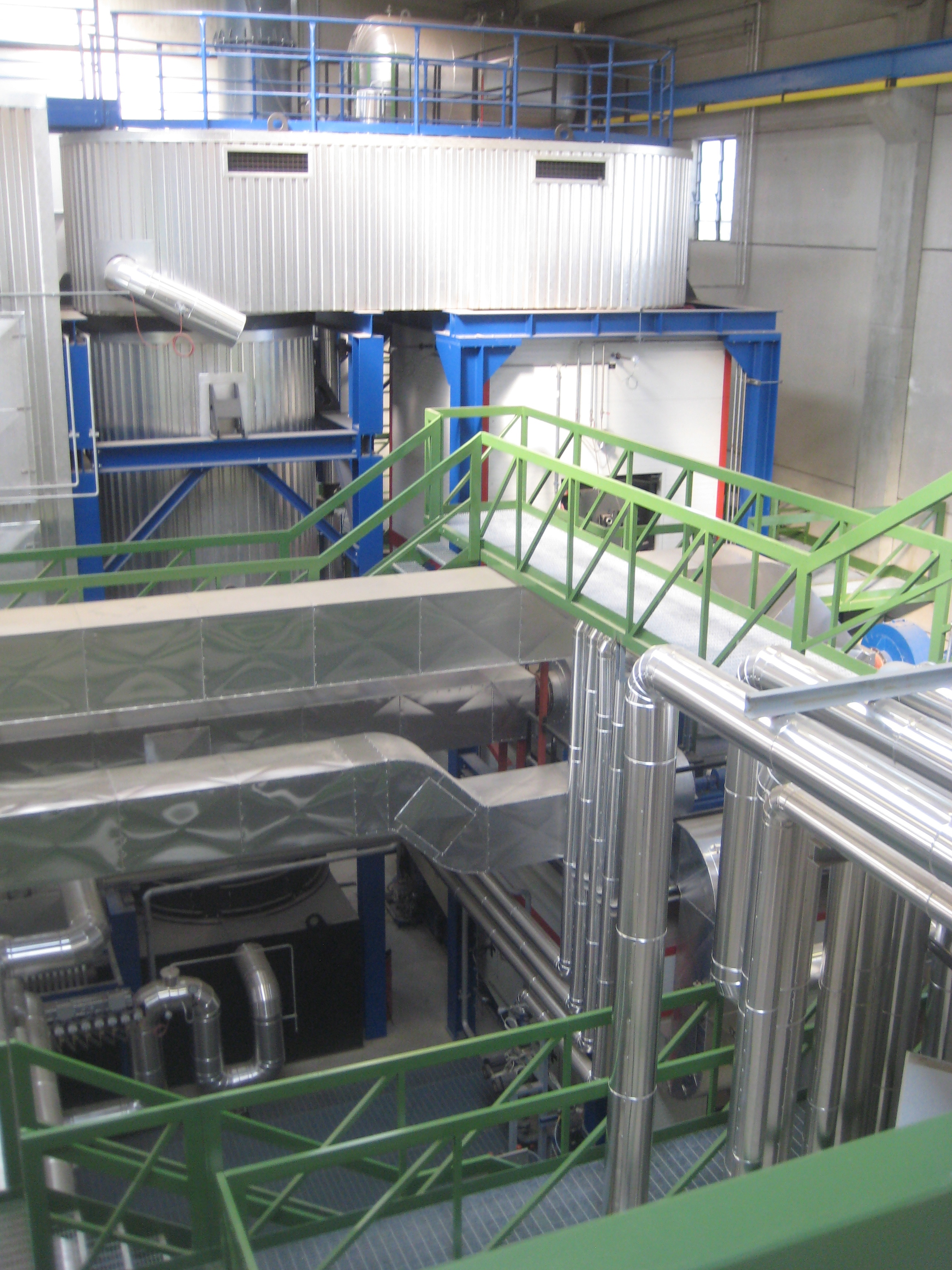Energy Efficiency

Buildings in the U.S. account for about 40% of total primary energy consumption while industry and transportation each account for about 30%. The Energy Information Administration estimated that approximately 1/3 of the Business As Usual electricity consumption of buildings can be saved at a cost of conserved energy of 2.7 cents / kWh. This cost is well below the average cost of electricity. For natural gas the numbers are similar. Average simple payback period is 2.5 years. These numbers show that the potential for energy savings is enormous.
Examples of Energy Efficiency Measures
Upgrading Heating, ventilation and cooling (HVAC) equipment
Improving insulation of buildings
Installation energy efficient LED lighting (inside and outside)
Integrating HVAC and lighting controls that automatically adjust according to building use, occupation and weather conditions
Upgrading compressed air systems to increase control and reduce losses
Installing Variable Frequency Drives on larger electric motors
Using waste heat from industrial processes to heat buildings or generate “free” electricity
Optimizing manufacturing processes and using energy efficient machines / equipment
Typical steps
1. High level energy audit of the facility and energy costs (electricity, gas,…)
2. Go / No-Go decision based on a discussion of the high level energy audit outcomes
3. Detailed energy audit resulting in a complete report with possible energy efficiency measures, needed investment and payback figures
4. Choice of measures the facility owner wishes to implement
5. Choice of method of implementation, either facility owner investment or performance contracting.
Our Services
Energy audits
Engineering, procurement and construction (EPC) of energy efficient systems
Supply of specialized energy efficiency equipment
Performance contracting: we invest in the energy efficiency upgrades ($0 out of pocket for the client) and are paid via a percentage of the savings

